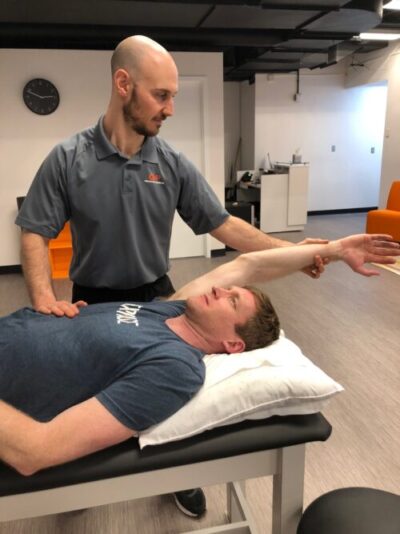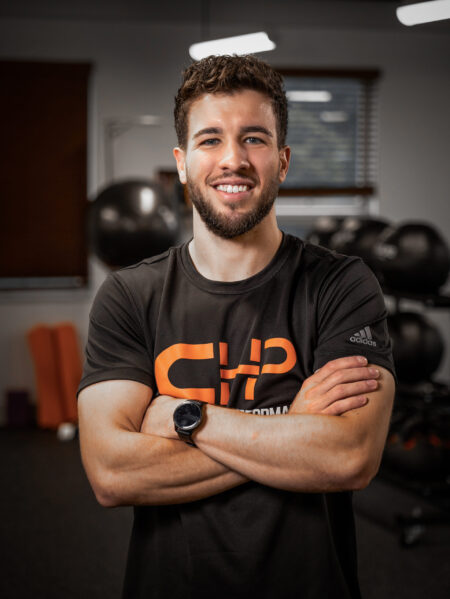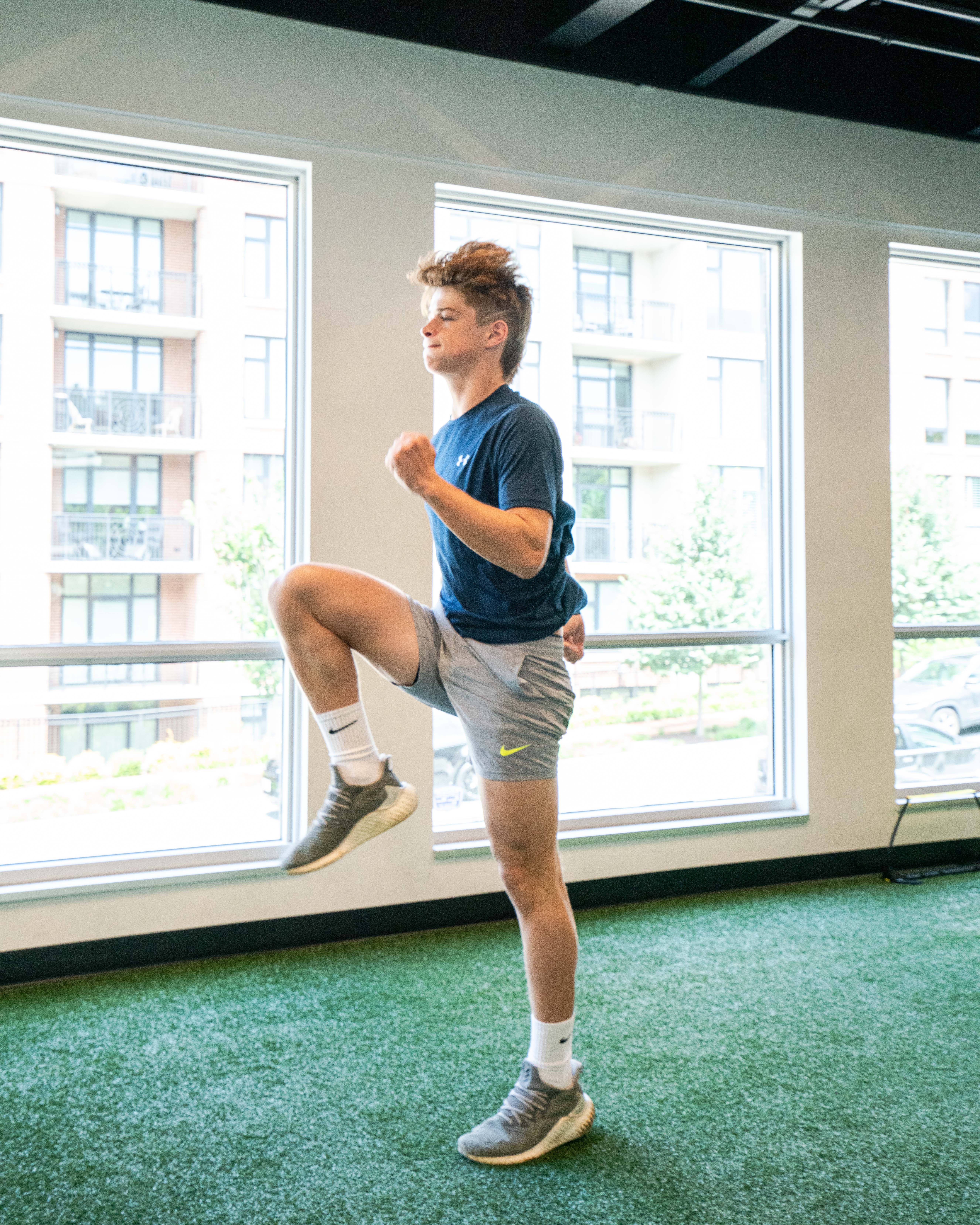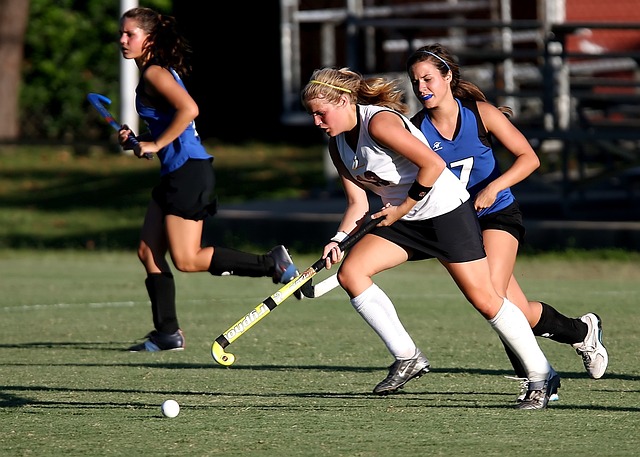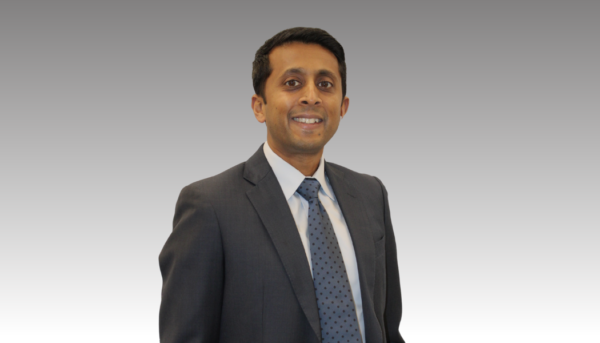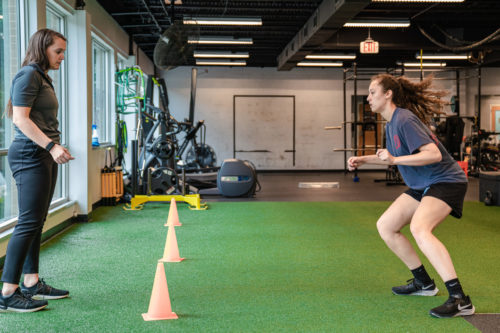“This shoulder is tight.” “My hip flexors are tight, and I need to stretch them.”
These are common descriptions of symptoms that are reported in physical therapy.
This isn’t wrong. Who are we to argue with how you feel? It wouldn’t be very kind of a physical therapist to discredit that.
But we often find that these feelings result in misunderstanding how to solve them.
Feelings of “tightness” often occur to protect areas vulnerable to injury. If an area of the body is unstable, the nervous system will create stiffness in the surrounding tissues to protect it. For example, the hamstrings attach to the pelvis. They may feel tight for someone with low back pain as these muscles stiffen to provide more stability to the pelvis.
Stretching the hamstrings would not solve the issue. This individual must discover how to protect their back by learning the stack (find out how to do that here) and training the muscles of the trunk accordingly. Once this is achieved, the hamstrings can finally relax.
This is just one of the many ways that a muscle may feel tight. There are many different reasons that you may feel tight, however, the solution rarely is to stretch it!
If you are experiencing tight, uncomfortable muscles, it is time to discover the underlying cause. Contact us now to schedule your evaluation and learn how you can finally fix those tight muscles!
